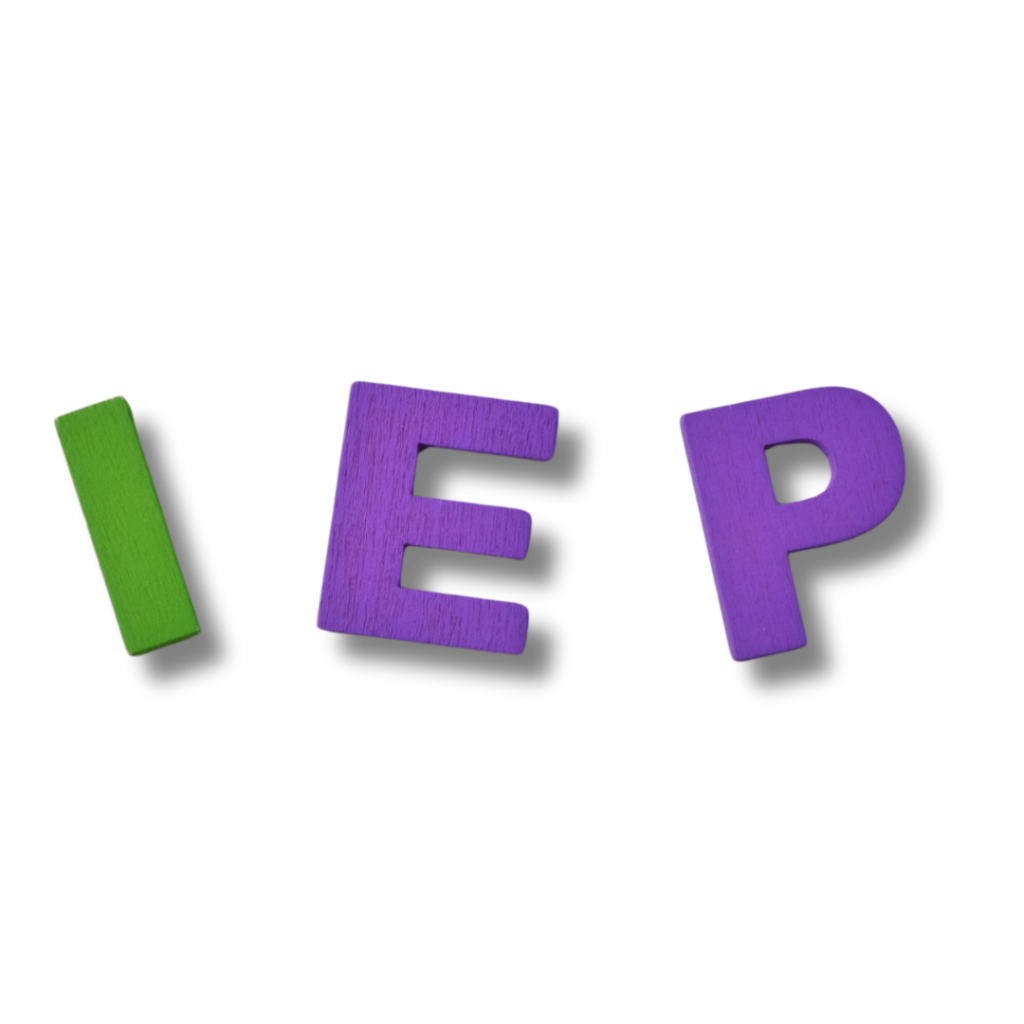ADHD Learning Support: Four Key Strategies for a Balanced and Structured Study Environment

The child who finds spinning their pencil more engaging than their math lesson or dashes to pet Biscuit just minutes after sitting down isn’t being difficult—they're navigating the unique challenges of ADHD.
These moments can be frustrating, but with the right strategies, they can become opportunities for growth. As a parent or teacher, you have the power to support your child by incorporating time management techniques, structured routines, and scheduled breaks.

When these elements work together, they help bring focus back to learning in a way that respects your child’s needs.
1. Optimal Learning Spaces
Use Visuals
When setting up a learning space for a child with ADHD, create an area where their focus can flourish. A clear desk or table, away from toys and siblings, can mark a sanctuary for concentration. Use visual reminders or checklists to cue them when it's time to work or take a break. Simple cues like sticky notes or a daily schedule within easy sight can help maintain focus and predictability.
Keep Distractions Away
Limit distractions by ensuring peers and pets remain at bay while your child studies. Teach them about signals that signify productive time—for example, a "quiet zone" sign on the door. When the environment is calm, your child's mind will mirror that peace.
Keep Study Zones Clutter-Free
Choose a dedicated, clutter-free zone for learning materials. Use items like a timer or a color-coded calendar to differentiate between subjects or tasks. Keep the space consistent to instill a sense of stability, helping them adapt to virtual learning's challenges.
Why is a dedicated learning space important for children with ADHD?
What should an ideal learning space look like?
A clutter-free desk or table
Limited distractions (away from toys, siblings, and pets)
Visual cues like checklists or a daily schedule
Comfortable seating with proper lighting
How do I limit distractions in the learning environment?
Use noise-canceling headphones or play soft background music if beneficial
Implement a “quiet zone” sign or signal to indicate work time
2. Structured Routines
Establishing structured routines is key in helping your child with ADHD handle virtual learning. A visual schedule can serve as a guide in their day, mapping out learning periods and breaks.
Visual Schedules
Create a daily schedule that balances structure and flexibility. Break the day into manageable chunks of learning sessions and well-timed breaks. Use color-coded sections for each subject or activity, making it visually engaging and easy to follow. This visual aid shows both "what" comes next and "when," offering clarity and reducing uncertainty.
Balance Responsibilities and Personal Time
Include periods for physical activity or relaxation to replenish focus and allow for energy release. Encourage your child to participate in setting up their schedule, giving them a sense of ownership over their day.
Display the schedule prominently in their learning space—perhaps on a whiteboard, poster, or digital reminder. This reinforces the balance between academic responsibilities and personal time. A consistent routine can become a comforting backdrop, supporting both academic and personal growth.
3. Brain and Body Breaks
Integrate short, frequent physical and mental breaks to release energy and maintain focus. These intervals help manage hyperactivity and boost cognitive engagement.
- Include activities that blend movement with fun, such as jumping jacks, dancing to a favorite song, or a short outdoor walk.
- Encourage brief mindfulness exercises, like deep breathing or simple meditation techniques.
- Try a "five senses" exercise where they notice what they can see, hear, touch, taste, and smell.
Keep these pauses brief and consistent. Short breaks every 30 to 40 minutes can work well, preventing the buildup of restlessness. Introduce these habits gradually until they become natural parts of their routine.
How can I create an effective daily schedule for my child?
Use a visual schedule with color-coding for different subjects or activities.
Incorporate movement and relaxation periods to maintain focus.
Display the schedule prominently in their learning space.
What types of activities work best for brain and body breaks?
Mindfulness Exercises: Deep breathing, guided meditation, or the "five senses" exercise.
Fun Engagement: Drawing, listening to music, or quick puzzles.
How do brain and body breaks help with learning?
4. Time Management Techniques
The Pomodoro Technique can be an effective approach to help your child with ADHD handle virtual learning tasks. This method involves dividing learning time into short, focused intervals (traditionally about 25 minutes), known as a "Pomodoro," followed by a brief 5-minute break.
- Set a clear and achievable goal for each Pomodoro session, such as completing a specific worksheet or reading assignment.
- Encourage your child to work diligently during this period, reminding them of the break that follows.
- Personalize Pomodoro sessions to suit your child's natural rhythms. If they find 25 minutes too long, adjust to a shorter span.
- Use a visually engaging timer to help your child see time pass and anticipate the upcoming break.
- Celebrate the completion of each Pomodoro with a positive reinforcement, like a quick stretch or a favorite activity.
The key is to maintain the cycle of work and rest, steadily building their ability to focus over time. This fosters a sense of accomplishment and encourages your child to tackle subsequent tasks with renewed determination.
By focusing on consistent routines and effective time management, you can create a structured environment where children with ADHD can focus and grow in their learning journey.
Can routine be adjusted over time?
What is the Pomodoro Technique, and how does it help children with ADHD?
How long should each Pomodoro session be for my child?
How do I introduce my child to the Pomodoro Technique?
Use a visual timer so they can see time passing.
Encourage full focus during the session, with the promise of a break afterward.
Repeat the cycle, gradually building their ability to sustain focus.
ADHD Virtual Learning Support With Kids on the Yard
If you believe in empowering students through independence and resilience, dive into Kids on the Yard's learning solutions- where our core values are personalized learning and working directly with a child's learning style.

If you believe in empowering students through independence and resilience, dive into Kids on the Yard's learning solutions- where our core values are personalized learning and working directly with a child's learning style.
One of our frequently asked questions is "Do you Support IEP and ADHD Students?"
To which we answer this:
Kids on the Yard strives to support students with Individualized Education Programs (IEPs) and those with Attention Deficit Hyperactivity Disorder (ADHD). When considering a tutoring service, it’s advisable to inquire about their ability and experience in accommodating IEP and ADHD students. Reputable tutoring services often have specialized programs, trained tutors, or resources to cater to the unique learning needs of such students.
Click here for more information on our customized tutoring programs!
- Barkley RA. Attention-Deficit Hyperactivity Disorder: A Handbook for Diagnosis and Treatment. 4th ed. New York, NY: Guilford Press; 2014.
- Centers for Disease Control and Prevention. Data and Statistics About ADHD. Updated September 23, 2021.
- Harvard University Center on the Developing Child. Executive Function & Self-Regulation.
- McGough JJ. ADHD. Oxford University Press; 2014.
- Zentall SS. ADHD and Education: Foundations, Characteristics, Methods, and Collaboration. Upper Saddle River, NJ: Pearson; 2006.


